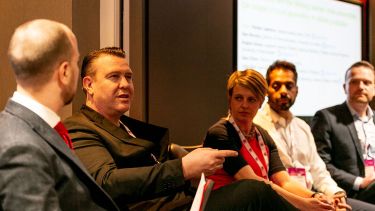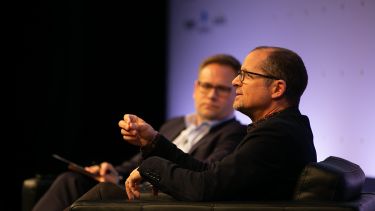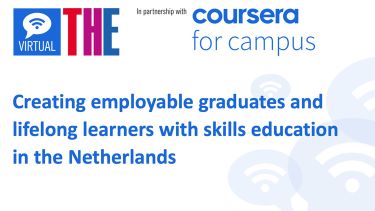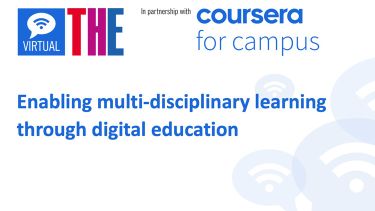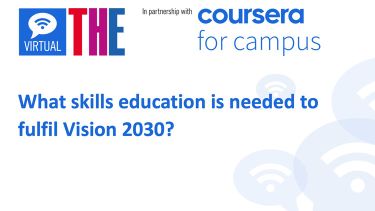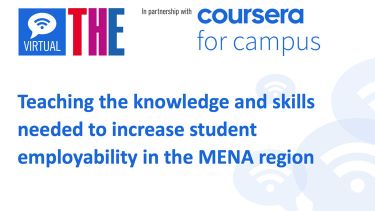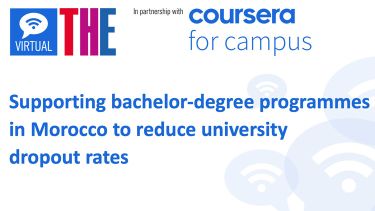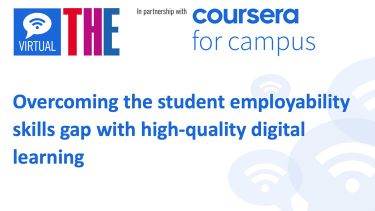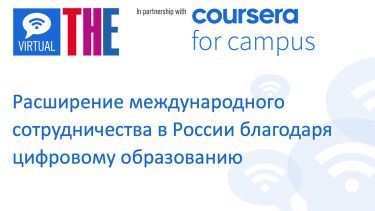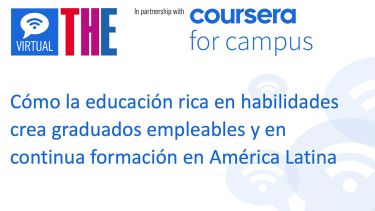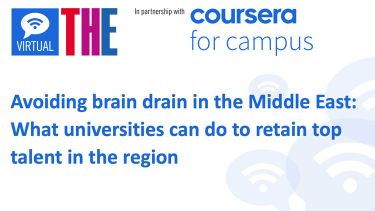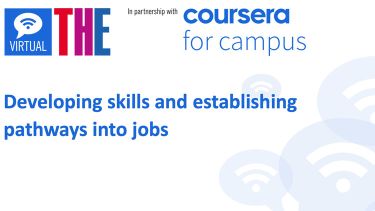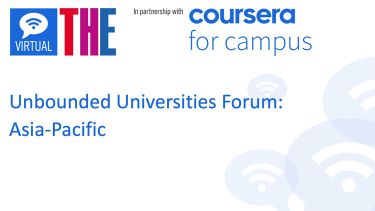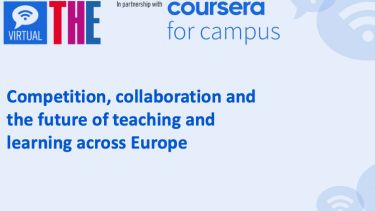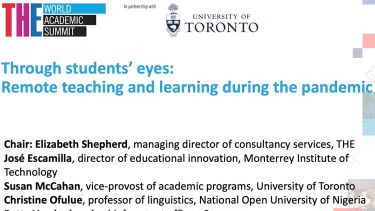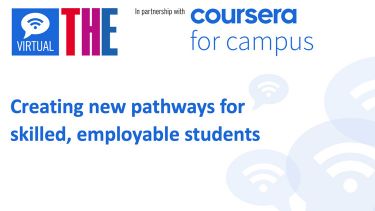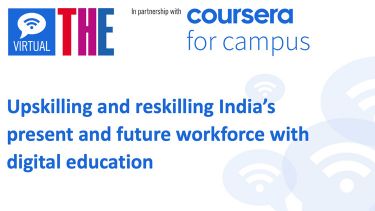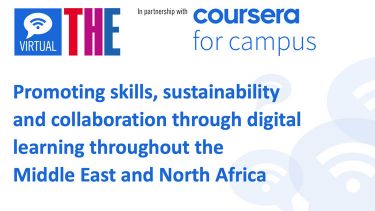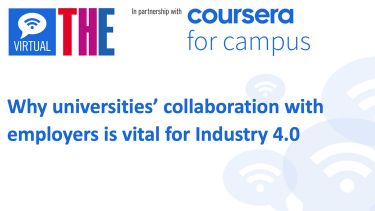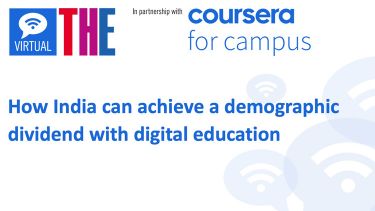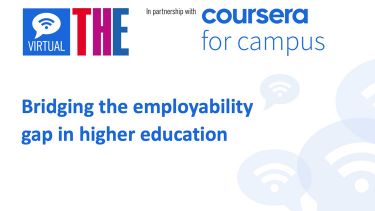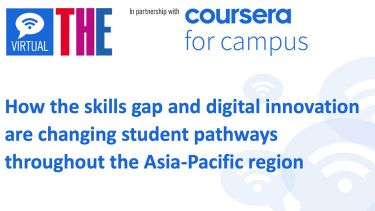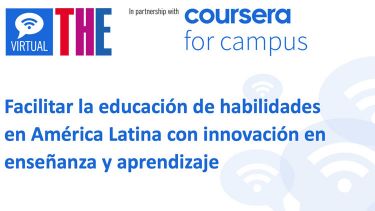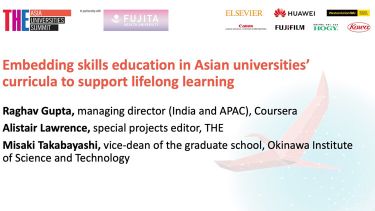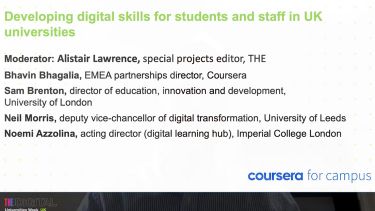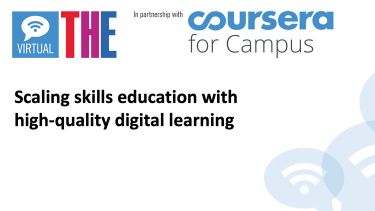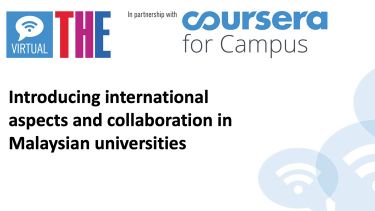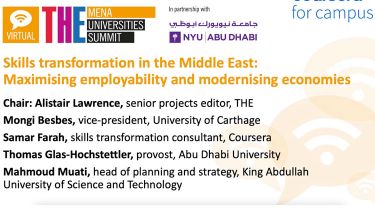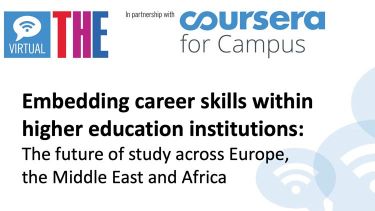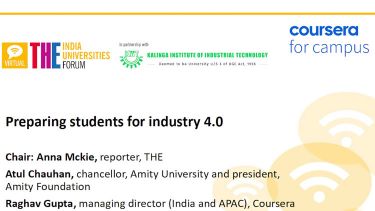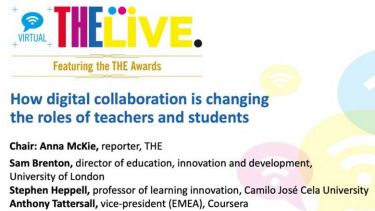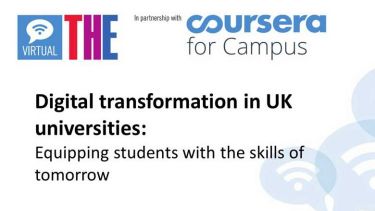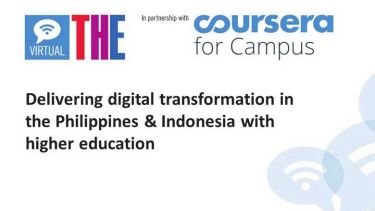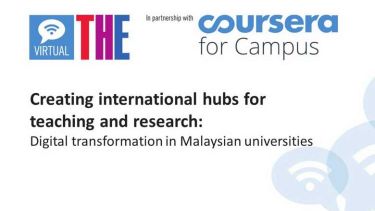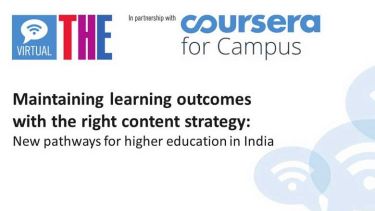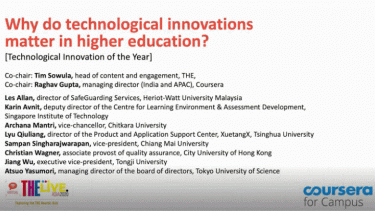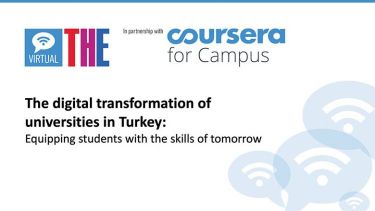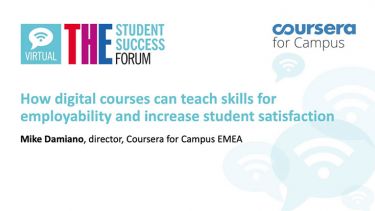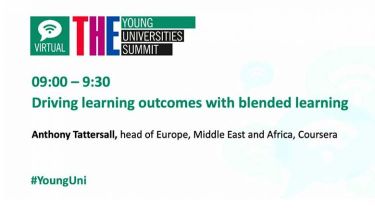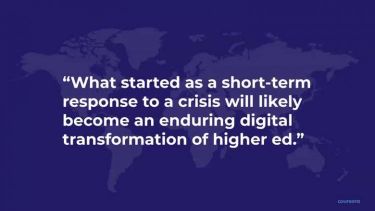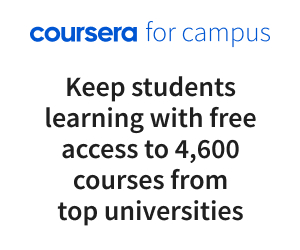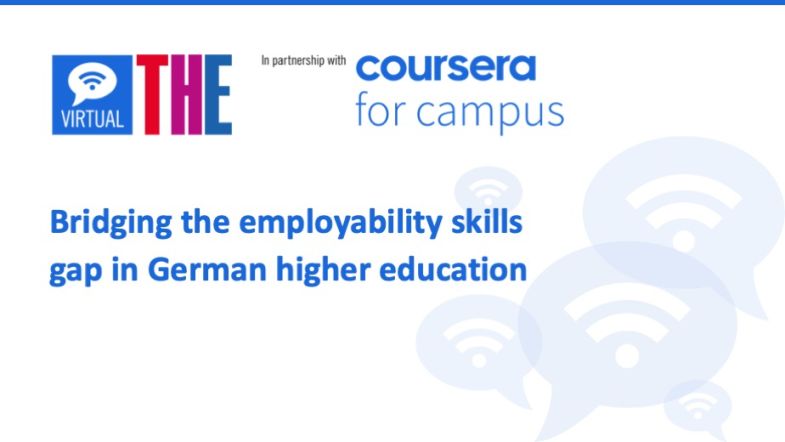
Embedding lifelong skills in course curricula can help prepare graduates for the uncertainty of the future workforce
Round table held in October 2021.
Universities in Germany should embrace technology and data-driven insights while adapting teaching delivery methods to help students prepare for the jobs of the future.
Leaders from Germany’s higher education sector gathered for a Times Higher Education round table, held in partnership with Coursera, to discuss how to bridge the employability skills gap. The round table was held under Chatham House Rule.
The round table heard that higher education institutions would be expected to help bridge the widening skills gap, as well as create a lifelong learning framework to guide alumni through their careers.
One panellist said universities could play a “much bigger role in the context of innovation life cycles”, but would need a “proactive technology watch strategy”.
As economies experience rapid change, panellists said they believed data could deliver valuable insights. With nearly 90 million users, Coursera, for example, uses data to discover which learning patterns its students prefer.
“I think data-led insights, pointing to evidence about where institutions should be focusing their resources, is very much going to be the thing of the future,” one panellist said. “We’re going to see curricula evolving a lot quicker than they have in the past to meet the demands of the future jobs that currently aren’t in existence.”
Rather than attempt to keep up with the ongoing transformation in the labour market, several panellists suggested that universities focus on teaching lifelong skills to students, such as learning how to learn and critical reflection.
“We have to ask ourselves, what is it that students need to learn today to be able to thrive 10 or 15 years from now, when we don’t know what jobs exist?” one panellist said.
There was a suggestion that universities should use external learning resources as much as possible, with lecturers taking on a role more like a mentor or a coach. Students could be empowered to think creatively and take control of their own learning. Faculty would also need to be upskilled as learning and teaching models evolve.
One panellist said the “USP in the pedagogy” would be important in determining how many students institutions can attract.
“This means mass customisation for institutions providing the maximum flexibility for a range of potential students and not trying to offer a product that is being fitted to everyone out there,” a panellist said. “At the moment, there is only the single phrase ‘alma mater’, but in the future students will much more have a plural. They will have many places where they learned.”
Panellists said a competency or outcome-based framework should also be considered. But institutions would have to work closely with employers to develop a “common language” that ensured that new forms of assessment were recognised and valued.
“Twenty to 30 years ago, German institutions provided close to 450 study programmes. If you were an employer and somebody said, ‘I’m an engineer’, you had an assumption of what skill set that person sitting in front of you could actually provide to your company,” one panellist said. “Nowadays, we have 17,000 different study programmes in Germany. One of the biggest stakeholders of such a framework is the corporates; they need to be part of that, they need to help develop it further and also have a common understanding.”
Find out more about Coursera for Campus.



